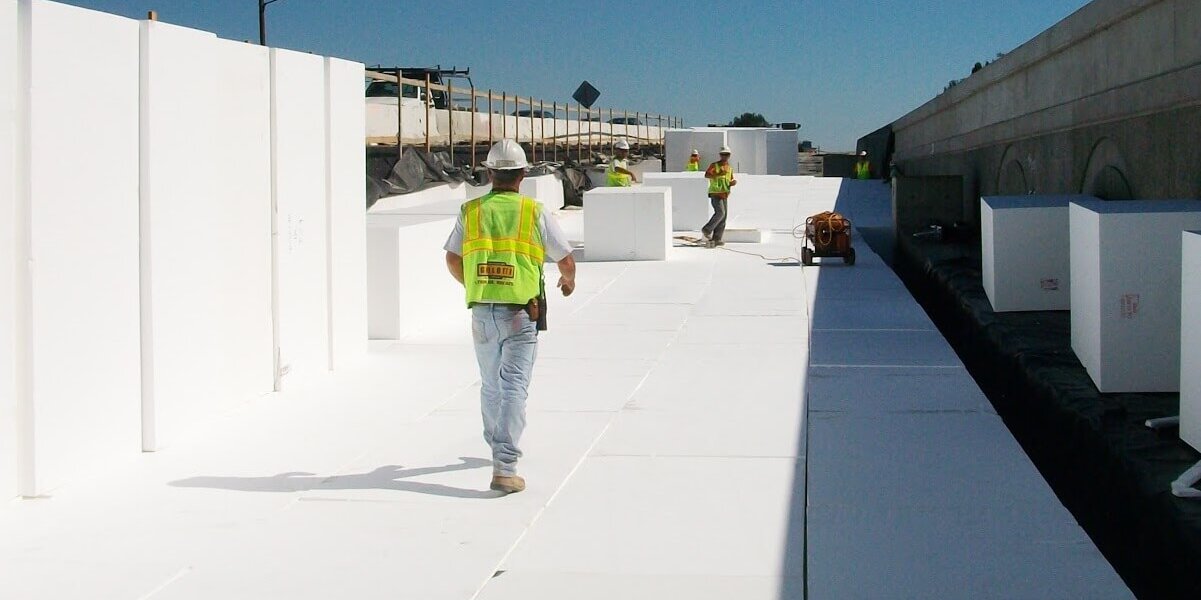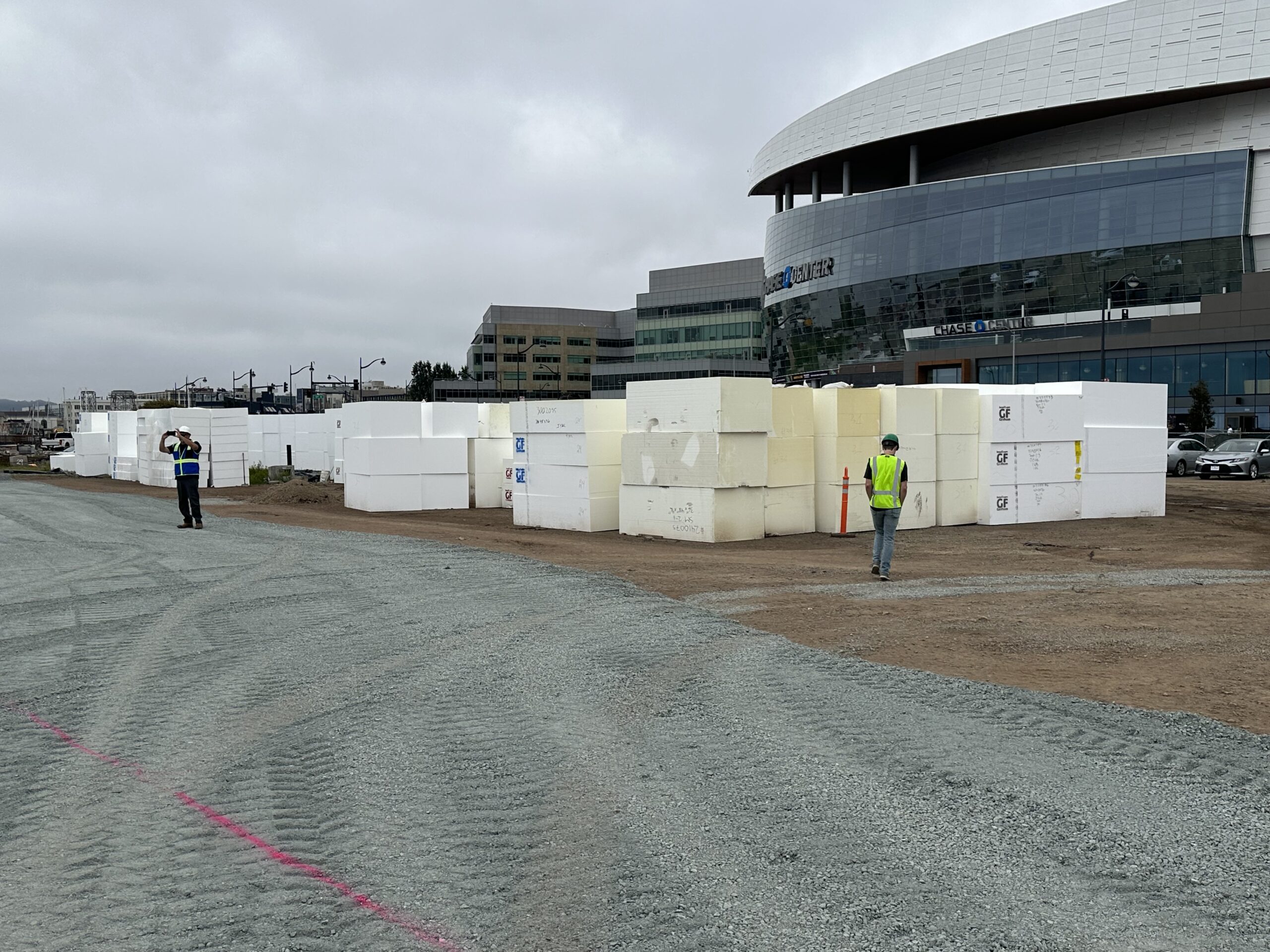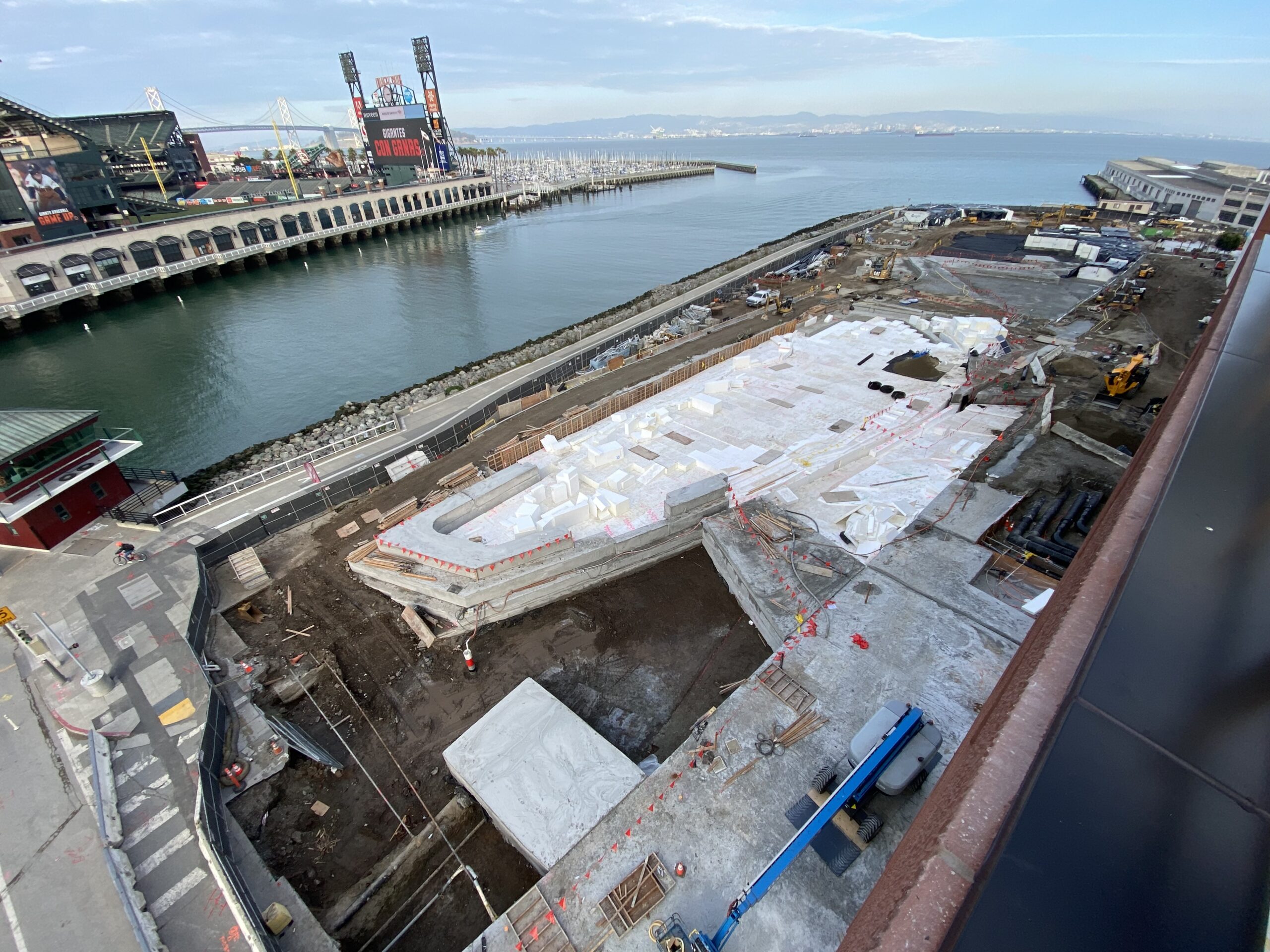More than 615,000 bridges exist in the United States today. Of those, 54,000-plus are structurally deficient. They need to be repaired or replaced to safely support the 174 million crossings they handle each day. And traffic continues to increase! Bridge replacement, rehabilitating or repair is a key component of U.S. infrastructure improvement today. But here’s the kicker. According to the American Road and Transportation Builders Association, repairing or replacing them would take 37 years at the current pace of construction. And that doesn’t even take into account the construction of new bridges!
Building, rehabilitating or repairing a bridge using traditional construction methods is a headache for everyone concerned – state Departments of Transportation, local highway departments, the public affected by the project, and the contractors and construction workers. Why? It could take years to complete the job. During that time, traffic has to be detoured to an alternate route, which not only was a pain for the stakeholders involved, it’s also very costly. And businesses near the construction zone could lose precious business.
More than 40 years ago, the Transportation Research Board (TRB), state Departments of Transportation (DOT), the American Association of State Highway and Transportation Officials (AASHTO) and the Federal Highway Administration (FHWA) began supporting research that promoted the development of innovative techniques and technologies to speed up the process. Today, their work has come to fruition in exciting ways.
Accelerated Bridge Construction Methodology
Accelerated Bridge Construction (ABC) is one methodology that came out of that body of research. ABC is an innovative approach to bridge construction that uses non-traditional designs, materials and construction methods to significantly reduce onsite construction times and project costs. It can be used for both new construction and rehabilitating or replacing existing bridges.
One of those innovative, non-traditional materials included in many ABC designs is EPS geofoam blocks, a lightweight fill material that fits the bill for the construction of bridge abutments and approaches.
ABC has been in use for the past two decades, and it is changing the way state departments of transportation are building, rehabilitating and repairing bridges across the U.S. Using the ABC approach allows states to construct or replace bridges safer, less expensively and with less environmental impact than using conventional construction methods and materials. And, as its name implies, the ABC method is also a faster method of construction – completing bridges in a matter of days rather than months or even years! ABC’s fast delivery doesn’t sacrifice bridge durability and longevity. The FHWA states that bridges built using innovative planning and ABC construction methods are safer and more durable, with longer service lives than bridges constructed using conventional construction methods.
Here are a few ways that ABC construction combined with EPS geofoam technology can save you time and money and alleviate your stress on your next bridge construction project!
ABC Methodology Plus EPS Geofoam Significantly Fast-Tracks Your Delivery Time
That’s not just a bunch of baloney. The Utah DOT is one case in point. It replaced four bridge superstructures on I-80 in only 37 hours. It has used ABC methodology for more than 200 bridge projects, since it started using ABC back in 1997.
The Belt Parkway Bridge over Ocean Parkway in South Brooklyn was replaced using ABC methodology to produce a longer, wider bridge. The project also called for the modification of the existing cloverleaf interchange. The onsite construction of each half of the bridge was completed in just a few nights over a two-week period. The entire project was completed in 14 months – and that included a three-month shutdown during the winter months, making the actual construction time less than one year. Using conventional methods, it would have taken three to four years to complete.
Here are some of the ways using ABC methodology and EPS geofoam can help you save significant amounts of time on your project.
- You’ll experience a decrease in weather-related delays. Completing the job in two days versus two years automatically reduces weather-related delays. And, if your project uses EPS geofoam, it can be installed under adverse weather conditions that could delay construction projects relying on other types of fill.
- The construction process itself goes smoother and faster. ABC designs are simplified, requiring no complex or customized components or temporary bracing. Using EPS geofoam in bridge construction also speeds up the process, cutting weeks off the construction schedule while using only a minimum of labor. EPS geofoam is 1% the weight of soil and less than 10% the weight of other lightweight traditional fills. That makes it easy for workers to lift, carry and position the blocks by hand to quickly and efficiently meet the job requirements. EPS geofoam can also easily accommodate on-the-fly tweaks due to changing jobsite conditions.
- ABC methodology relies upon prefabricated components to help speed bridge construction. That provides contractors with advantages such as being able to schedule components for just-in-time delivery so they arrive at the jobsite ready to go. There’s no need to store material and move it to the jobsite when you’re ready to use it. EPS geofoam blocks can be manufactured and cut to size in the factory so there is little to no retrofitting necessary on the jobsite. And, since EPS geofoam is factory-engineered you’ll receive a uniform product that has already met stringent quality control tests and offers a predictable performance, maximizing installation efficiencies.
ABC and EPS Geofoam Can Lower the Cost of Your Bridge Project
Money may not make the world go ‘round, but if you’ve ever brought in a project significantly over budget, you probably felt like your world was crashing around you. You’ll be glad to know that bridges constructed using the ABC method cost considerably less to construct. The Utah DOT estimates it saved more than $2.5 million on its four-bridge project on I-80. That’s just one of thousands of ABC projects that have saved stakeholders thousands or millions of dollars. Here’s what makes these impressive savings possible.
- The key to ABC is simplicity, which, in turn means savings. A good ABC design keeps the number of girders, field splices, cast-in-place components and bracing systems needed during the construction process to a minimum.
- Labor is one of the most important line items on the construction budget. By using the ABC methodology, you can reduce the number of on-site workers. Most of the building components are prefabricated and delivered to the jobsite as needed. Using EPS geofoam blocks can further cut the number of workers needed. The blocks are so lightweight that reduced crews can install them quickly and efficiently. The less manpower used, the less the project will cost. Plus, you won’t have the added expense of using heavy earthmoving equipment on the jobsite. And you’ll also save on the cost of transporting EPS geofoam to your jobsite.
- One of the biggest advantages of the ABC methodology is that it significantly reduces the expense of providing traffic detours, traffic maintenance or railroad flagging. As you’re well aware, that can cost a lot! According to the FHWA, the direct and indirect costs of traffic detours resulting from loss of bridge access while the bridge is under renovation, can exceed the cost of rebuilding the structure, especially in cities with large populations or along highways that carry a large volume of traffic.
Say Goodbye to Some Common Bridge Construction Project Stressors
The big stressors are getting the job completed to the satisfaction of the client within the timeframe and project budget. But those aren’t the only things contractors have to worry about on the job. Many other issues can cause your blood pressure to rise. Here’s how the ABC methodology can help you with some of the more common ones.
- ABC increases the safety of the general public. All other advantages aside, the ABC methodology is often chosen specifically because it’s the safest option for the general public. ABC reduces the amount of time traffic needs to be detoured or lanes closed. Partial lane closures, in particular, are known to lead to significant safety issues. By reducing the amount of time people must use an alternate route, you reduce the risk to the general public.
- Construction workers’ safety also increases with the ABC methodology. Every year, about 2,000 fatal crashes occur in work zones. Forty-four percent of injuries to bridge construction workers involve a vehicle navigating through a work zone. Two-thirds of those injuries are fatal. Limiting the amount of time the bridge is out of commission also reduces the possibility of car accidents occurring in work zones.
- With ABC, there’s less disruption to the surrounding areas. The longer construction continues, the more potential there is for it to negatively impact the area. Small businesses, particularly restaurants, may not be able to survive a prolonged bridge closure. People’s lives can be endangered if the fire department or the ambulances are delayed due to traffic issues caused by bridge construction. And, the general public can get uptight about traffic delays and road closures. The accelerated timeline associated with ABC projects cuts down disruptions that significantly impact the quality of life in bridge construction zones.
- You may experience fewer outages of critical utility services such as electricity, water and cable by using the ABC methodology. Outages are always a danger during prolonged periods of bridge construction. The accelerated speed of construction reduces the possibility of disrupting service and can keep irritated city or county officials off your back!
Adopting a new way of doing things can feel uncomfortable. Switching from conventional methods and materials of bridge construction to newer, more innovative methods can be a challenge. But the rewards – keeping your company more competitive for bridge jobs and your construction workers safer – are well worth it.







